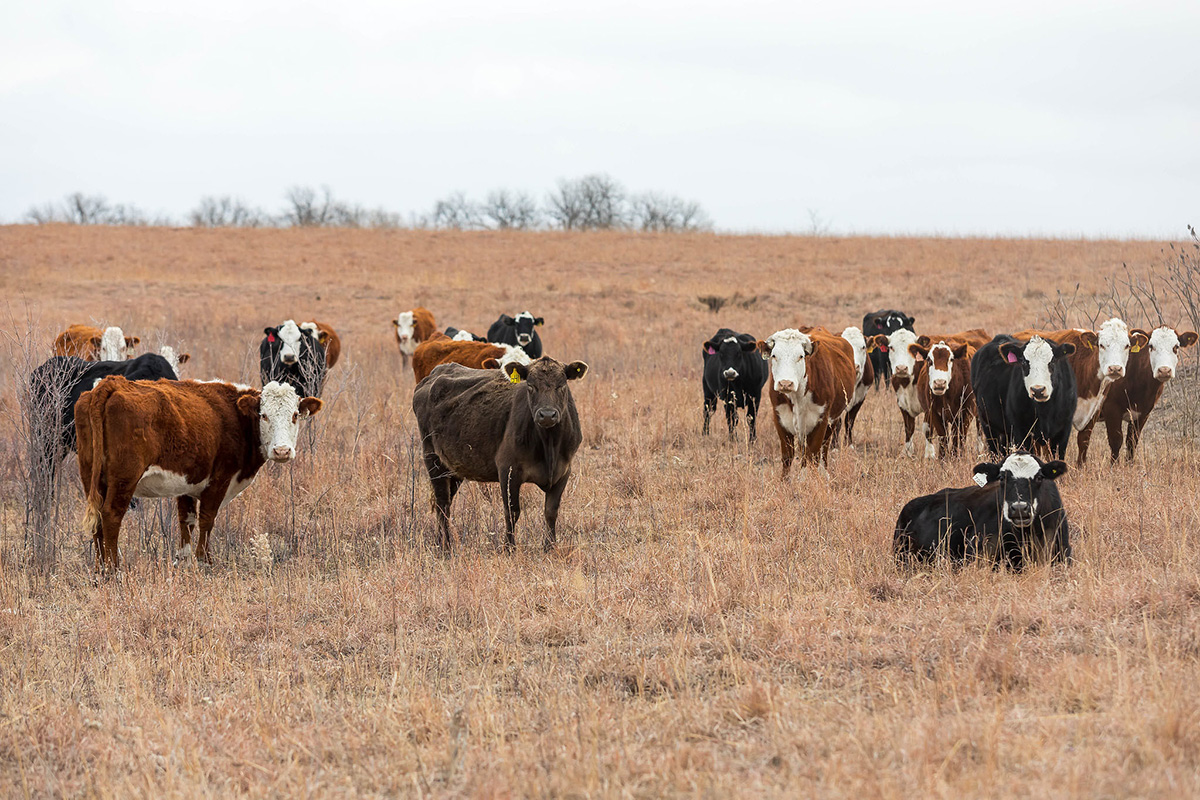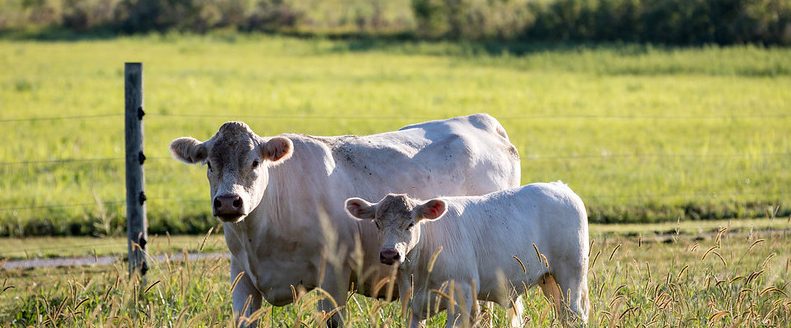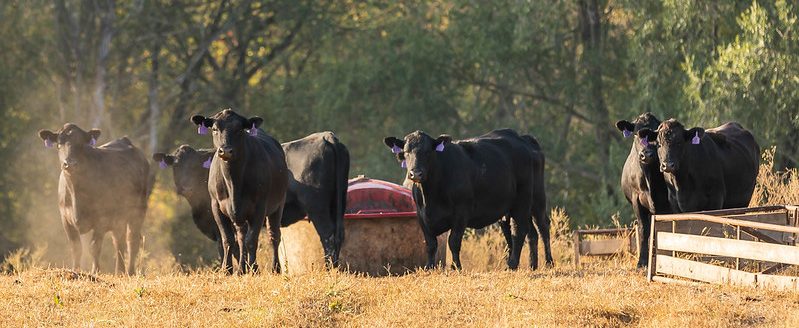K-State beef cattle experts say cows’ metabolisms change as they age
While a young person who turns 10 is considered an adolescent, cows at that age are considered old, according to the experts at the Kansas State University’s Beef Cattle Institute.
Speaking on a recent Cattle Chat podcast, K-State veterinarian Brian Lubbers and beef cattle nutritionist Phillip Lancaster offered management tips for caring for older cows and factors that should be considered in making a culling decision.
“At some point, a cow’s reproductive ability will wane and at 10 years of age I’m going to be really critical if she does not have a calf every year and get bred on time,” Lubbers said. “Just because she is 10 years old or older, it doesn’t mean she can’t be a productive cow.”
A cow’s metabolism changes as they age, Lancaster said.
“Cows that are 10 years or older have trouble keeping their body condition and their milking ability tends to drop off, so they typically will wean a smaller calf than they have in the past,” Lancaster said.
He added that older cows often require more supplementation.
“Giving them extra feed to maintain body condition isn’t a big expense, but if you are feeding them more to help with their lactation now you are feeding the cow to feed the calf and that isn’t efficient. In that case, you’d be better off just letting her produce a calf with a lower weaning weight and then feed the calf more once it is weaned,” Lancaster said.
As cows age, it is important to check their mouths, Lubbers said.
“It is important to check their teeth as they age because an older cow with no teeth is going to require a lot more care to keep her body condition,” Lubbers said.
To hear the full discussion, listen to Cattle Chat on your preferred streaming platform.
PHOTO: As cows age, their metabolism can change, K-State beef cattle nutritionist Phillip Lancaster said. (K‑State Research and Extension)




